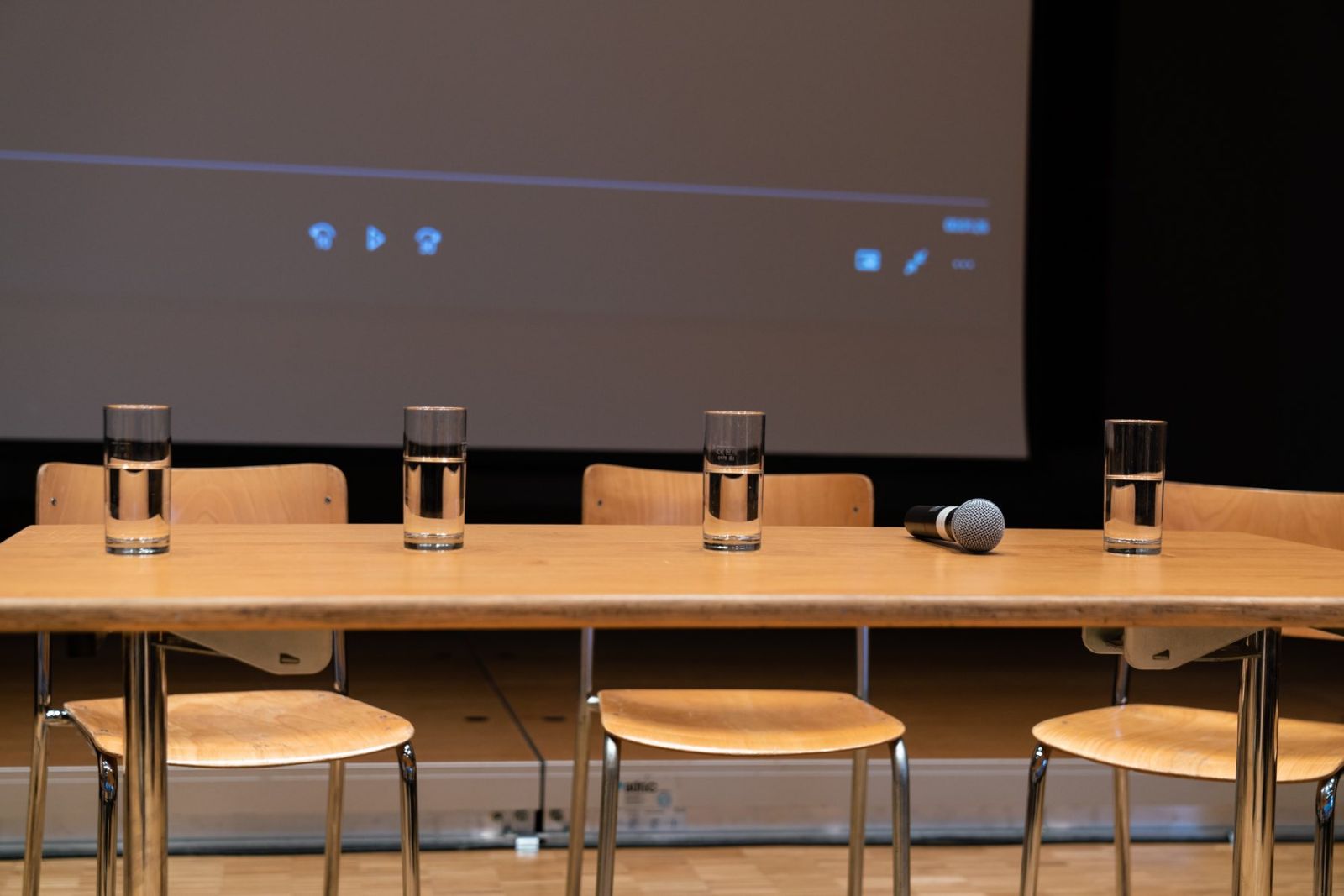Donnerstag-Akademie
Domenico Scarlatti in the 19th and 20th centuries
Presentation by Giulio Biddau (Zürich/Graz)
28.11.2024, 19 Uhr – Eintritt frei
Klaus Linder-Saal,
Musik-Akademie Basel,
Leonhardsstr. 6,
4051 Basel

Domenico Scarlatti’s sonatas underwent significant editorial and performance transformations during the 19th and 20th centuries. Late 18th- and 19th-century editors (Clementi, Czerny, Bülow, Tausig, etc.) primarily adapted these works to align with the developments of the instrument and the new aesthetic ideals. These historical editions had a long-lasting effect on the 20th-century Scarlatti reception. Early 20th-century recordings of Scarlatti’s sonatas demonstrate how 19th-century performance instructions were blended with unwritten practices such as manual asynchrony, arpeggiation, and tempo modifications.
By combining ear-witness accounts from early 20th-century recordings with 19th-century documentary evidence, we gain new insights into concert reports of eminent 19th-century Scarlatti interpreters, such as Brahms and Clara Schumann. Although these practices have largely disappeared from modern piano interpretations of Scarlatti, the influence of 19th-century editions persists within the interpretative traditions associated with specific sonatas.
Giulio Biddau has always combined a concert career with musicological studies. He began piano studies at the Cagliari Conservatoire, later becoming a professor and head of the keyboard department. He is currently on leave to pursue a PhD in Musicology at the ZHdK in Zürich and the KUG Graz. The subject of his investigations is the reception of the sonatas by Domenico Scarlatti in the nineteenth century.
